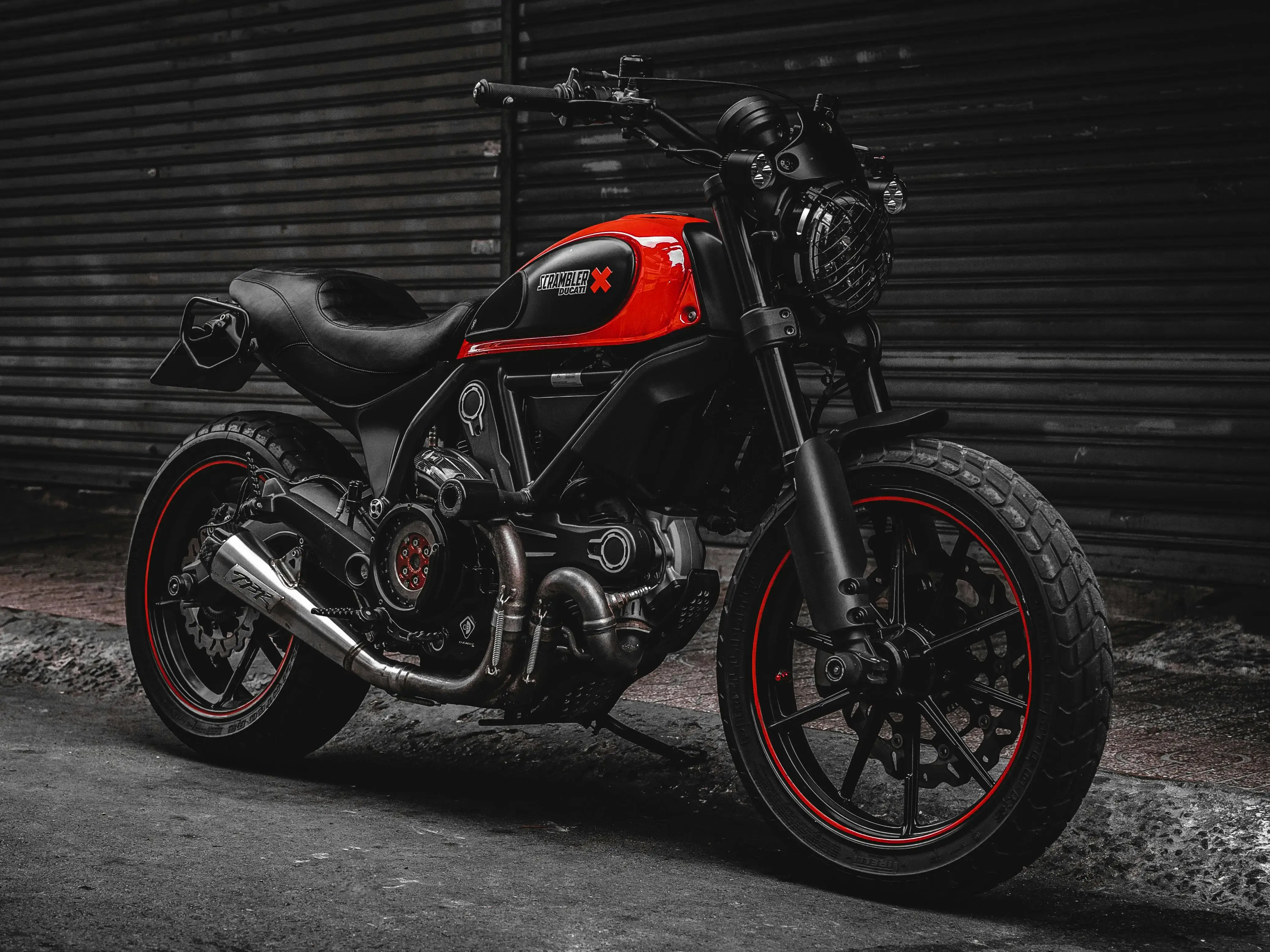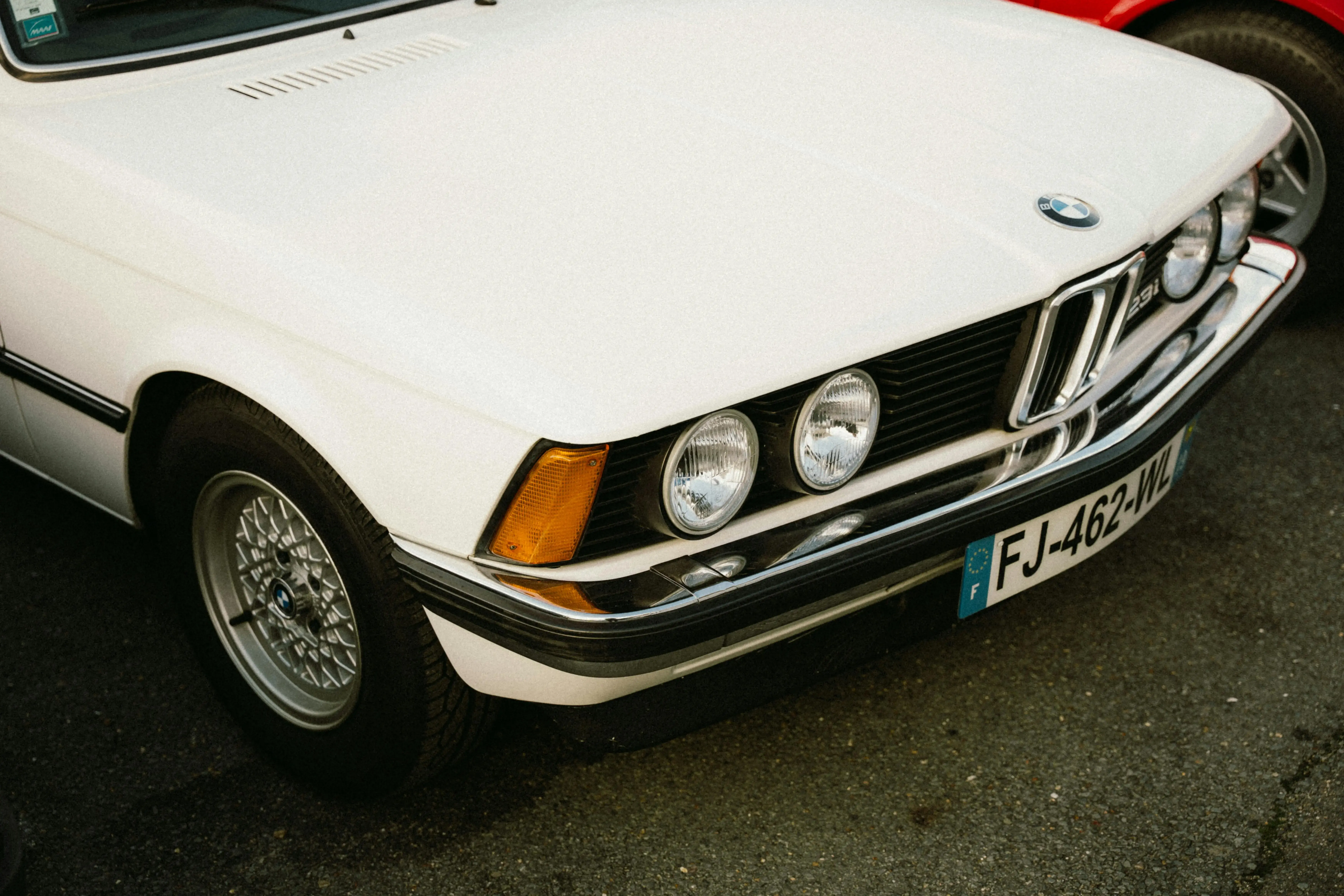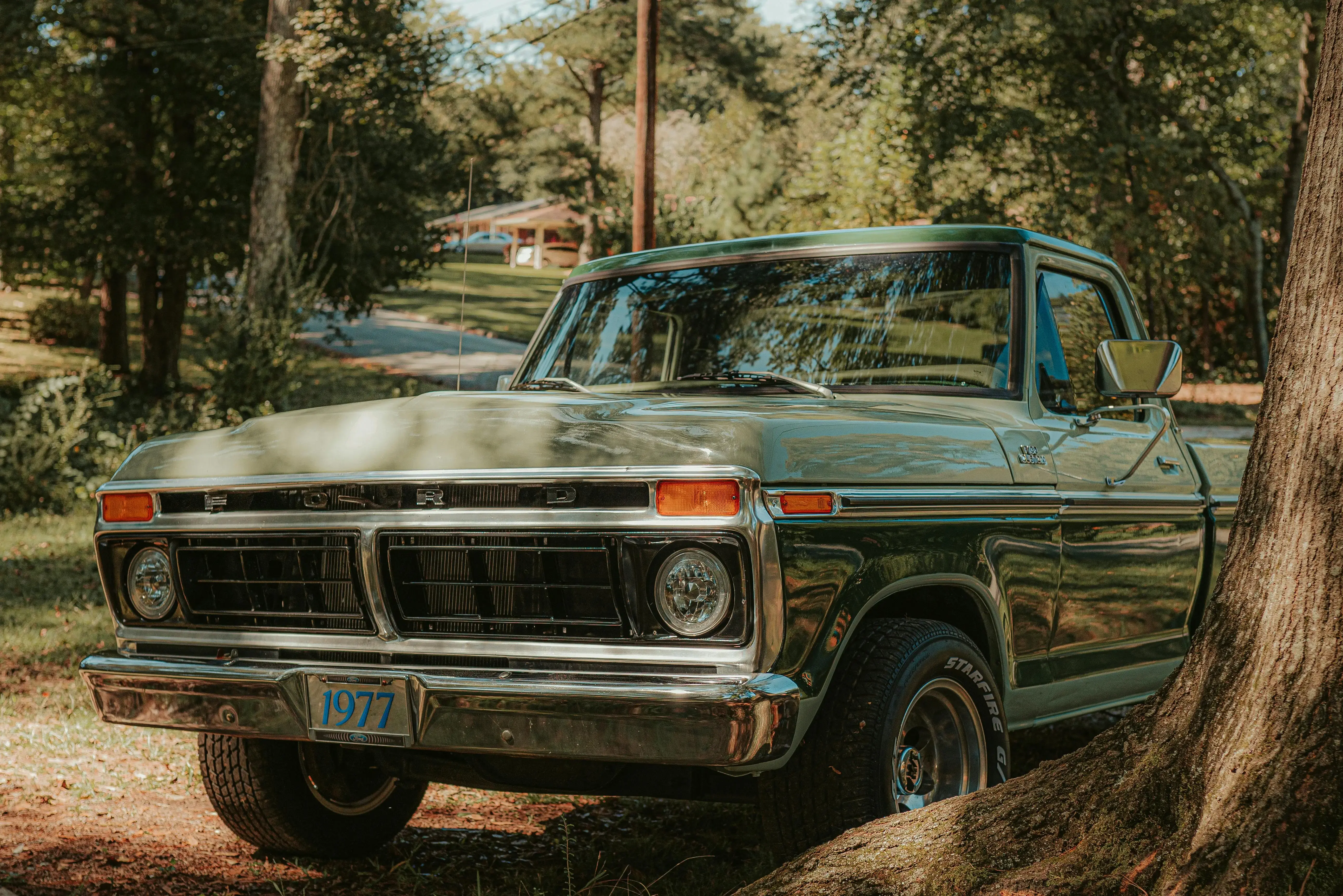How To Export A Race Car From The U.S. To Australia?
Exporting a race car from the United States to Australia is a specialized process that requires careful preparation, detailed paperwork, and strict compliance with Australian customs and motorsport regulations. Whether you’re shipping a purpose-built dragster, a circuit racer, or a historic rally car for an event or long-term use, the keys to success are proper documentation, container handling, and early coordination with all regulatory agencies.
To explore every facet of cross-Pacific motorsport logistics, see the full motorcycle and race car shipping guide for Australia.
Compliance First: Approvals, ROVER System, and Motorsport Rules
Vehicle Import Approval (VIA) Through the ROVER System
Every race or rally car import to Australia must begin with a Vehicle Import Approval (VIA) application submitted via the ROVER portal—Australia’s online compliance platform. Attempting to ship a car without approval puts importers at risk of shipment seizure and costly fines.
Key compliance steps:
-
Register in ROVER and select the appropriate category (“race, rally, and support vehicle”)
-
Upload ownership records, including clear title, bill of sale, and supporting documents
-
Provide comprehensive specs—VIN, engine, chassis, prior modifications, competition history, and evidence of compliance with technical/safety standards
-
Demonstrate competition or event intent, with supporting membership/licensing from recognized organizations like CAMS/Motorsport Australia or FIA.
Usage Restrictions
-
Imported race cars are limited to competition or display use; road registration is typically not allowed for modern builds
-
Evidence of prior racing participation, event registration, or a competition license is often required
-
Submit all event invitations, results, or sanctioning documents that validate motorsport intent
Container Shipping: The Best Option for Race Cars
Race cars demand the protection, flexibility, and security of container shipping. At WCS, a dedicated or consolidated container from New York to Sydney is $2,150 for a car, with a standard 39-day transit. Containerized shipping also makes it possible to transport chassis with tools, wheels, and support equipment.
-
Dedicated 20- or 40-foot containers: For high-value or fragile vehicles, or when shipping multiple race cars as a team
-
Soft-tie and custom racking: To protect suspension, body panels, and wide-track setups
-
Pre-load logistics: Arrange for ground clearance loading at U.S. warehouses, and drain all fluids, disconnect batteries, secure removable parts
U.S. Export and Australian Import Documentation
Must-have U.S. export documents:
-
Title or original MCO (manufacturer’s certificate of origin)
-
Bill of sale
-
Automated Export System (AES/ITN) filing—required 72h before vessel departure
-
Packing list covering all included parts, spares, and tools
-
High-res, date-stamped photos of the car before loading
For Australia:
-
Vehicle Import Approval (VIA) granted in advance (ROVER)
-
Racing credentials: competition license, event registration, sanctioning body letters
-
Technical/race logbooks (FIA, SCCA, or equivalent)
-
Asbestos-free certificates and evidence of professional cleaning (biosecurity prep)
Preparation tips:
-
Remove or document any hazardous materials (fluids, batteries)
-
Document all spares, wheels, and parts for customs to streamline clearance
Australian Arrival: Quarantine, Clearance, and Duties
Biosecurity and Cleaning
Australia imposes strict biosecurity inspections. All used vehicles, especially race cars with underbody modifications or exposed parts, must be professionally cleaned before shipment:
-
Eliminate all dirt, plant material, and organic debris from chassis, wheel wells, engine bay, chassis tubes, and interior
-
Obtain a biosecurity cleaning certificate and photographic evidence
-
Prepare to pay $300–$500 AUD for additional cleaning on arrival if standards aren’t met
Customs and Duties
-
GST (Goods and Services Tax): 10% calculated on combined car value + shipping + applicable duty
-
Import Duty: 5% for vehicles under 30 years old (waived for most U.S.-made vehicles under FTA agreements)
-
Customs fees: Typically $410 AUD or more for processing and inspection
See full Australian biosecurity and compliance requirements.
Track Use, Registration, and Motorsport Entry
-
Imported race cars cannot be road registered; use is limited to sanctioned racing, rally, or motorsport events
-
Motorsport Australia/CAMS documentation is required for event eligibility
-
Comply with any additional technical regulations for your racing category upon arrival
Common Challenges… And How to Solve Them
-
Missing VIA or incomplete ROVER application: Delays, fines, or denied entry—always start compliance weeks before shipping
-
Poor documentation of racing history: Without competition evidence or a suitable racing license, approval may be denied
-
Biosecurity failures: Incomplete cleaning leads to $300–$800+ in extra arrival fees
-
Improperly packed spares or unlisted accessories: Delays at customs, risk of seized items
Leverage the WCS Australia team—we guide you through paperwork, cleaning, and timing for zero-surprise results.
To explore every facet of cross-Pacific motorsport logistics, see the full motorcycle and race car shipping guide for Australia.
Get a Custom Race Car Export Quote to Australia
Don’t leave your championship project or track hero to chance. With decades of cross-Pacific success, West Coast Shipping provides A-to-Z export expertise for U.S. race car owners and teams headed to Australia’s circuits. For exact $2,150 container rates, compliance checklists, and scheduling, get connected below.
You May Also Like
These Related Stories

How To Save Money When Shipping Multiple Motorcycles To Australia

Ship Cars To The US From UK: True Costs, Process & Compliance In 2025

-093789-edited.png?width=220&height=79&name=wcs_final_logo_(1)-093789-edited.png)
